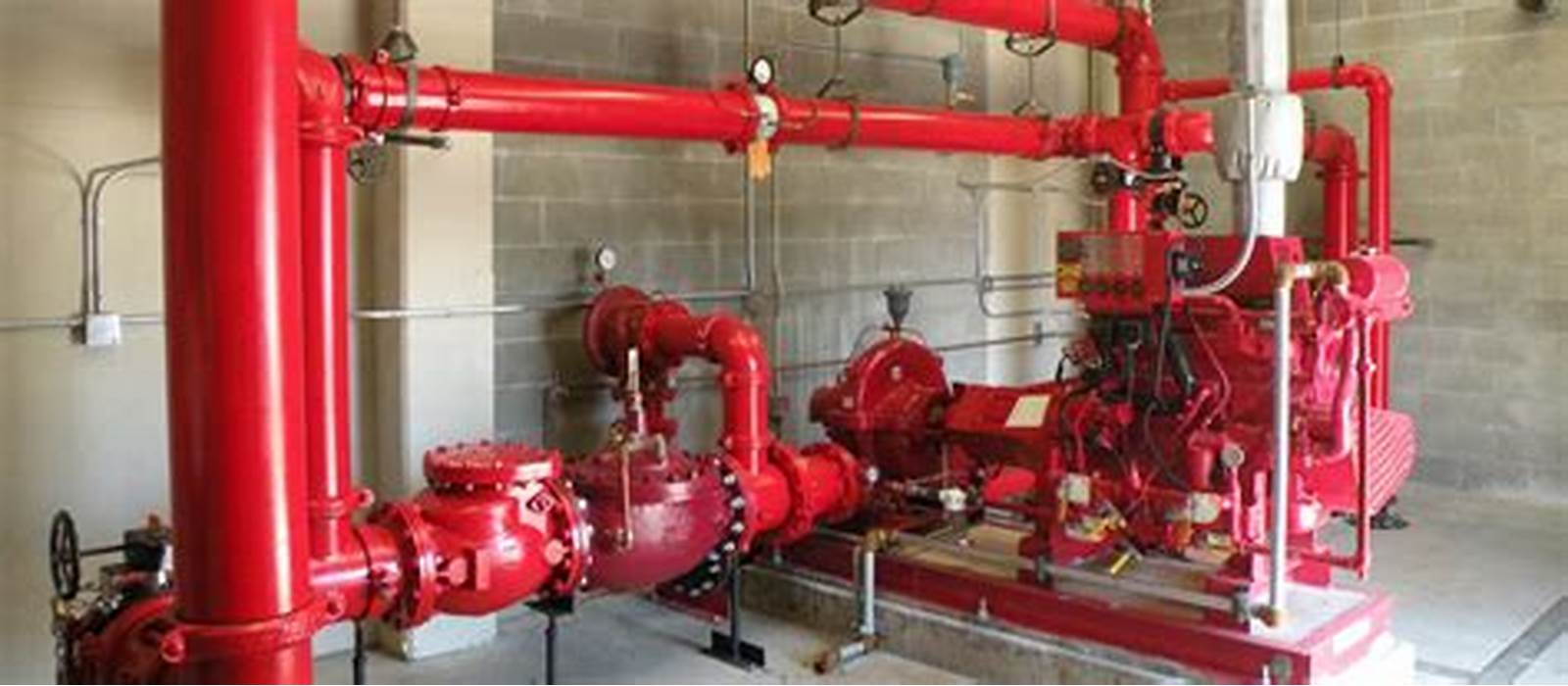Fire Hydrant Systems: Essential Fire Protection Solutions by ZAP FIRE

In any building or industrial facility, effective fire protection is paramount to safeguarding lives, property, and assets. A fire hydrant system is one of the most reliable and widely used systems for fire suppression, providing a rapid response to potential fires. As an established fire protection provider, ZAP FIRE is committed to delivering comprehensive fire hydrant systems tailored to meet the unique needs of a variety of facilities, from commercial buildings to industrial complexes.
What is a Fire Hydrant System?
A fire hydrant system is an active fire protection measure that includes a network of pipes, pumps, valves, and hydrant points, designed to supply water to fire crews for firefighting purposes. This system is built to handle large fires, providing high-pressure water through strategically placed hydrants throughout the facility. Hydrants are connected to a water source and can be deployed quickly by firefighters, ensuring rapid response and enhanced fire control.
Hydrant systems are vital in scenarios where fire risks are high, and large amounts of water are required to control the fire. They are often used in areas such as warehouses, factories, residential high-rises, airports, and even urban cityscapes where fire protection needs to be thorough and easily accessible.
Components of a Fire Hydrant System
A fire hydrant system is composed of several essential components that ensure its effectiveness in delivering water where it’s needed most:
Control Valves: These valves regulate water flow in the system and are typically installed at strategic locations to manage and isolate water flow within the hydrant network if required.
Water Supply Source: The system requires a reliable and continuous water supply to provide adequate pressure. This may come from underground water tanks, overhead tanks, or a direct connection to municipal water lines.
Pumps: Fire pumps are a crucial component, maintaining sufficient water pressure in the hydrant system. Pumps are often diesel or electrically powered and may include jockey pumps to maintain system pressure in standby mode.
Hydrant Valves: These valves are strategically placed throughout the facility and are connected to the water supply. Hydrant valves allow firefighters to access water quickly, enabling effective firefighting operations.
Piping Network: The piping system connects the water supply to hydrant valves and is designed to withstand high pressure. Pipes are often underground but can also be above ground in specific applications.
Hose Reel and Nozzle: The hose reel, fitted near hydrant valves, enables easy water discharge. Firefighters attach hoses to these reels, which are equipped with nozzles to control the water flow and pressure.
Types of Fire Hydrant Systems
Fire hydrant systems are generally classified into two main types based on their water supply mechanism:
- Wet Riser System: In a wet riser system, the piping network is constantly filled with water. This design is common in high-rise buildings and facilities where fire hazards require instant water availability at all times.
- Dry Riser System: In a dry riser system, the pipes remain empty and are filled with water only when required during an emergency. Dry risers are commonly used in colder climates or areas where maintaining constant water flow may not be feasible.
Each of these systems has specific applications and is chosen based on the building’s fire risk level, location, and structural requirements
How a Fire Hydrant System Works
A fire hydrant system is engineered for quick response and effective control of large fires. Here’s a step-by-step outline of how it operates during a fire emergency:
- Fire Detection and Alarm: A fire alarm or detection system identifies the presence of a fire. The hydrant system is activated upon the detection of fire, often through automated sensors or manually by emergency personnel.
- Pump Activation: Fire pumps receive an automatic signal to start pumping water into the piping network, pressurizing the system for immediate use.
- Firefighter Access: Firefighters connect hoses to the hydrant valves located throughout the facility, allowing them to access pressurized water directly from the hydrant system.
- Water Discharge: Once connected, the firefighters use the nozzle to direct water at the fire, controlling the water flow as necessary to extinguish the flames effectively.
The system’s design ensures that water reaches all critical areas within the facility, with pump pressure and flow rate optimized for effective firefighting in the targeted zones.
Benefits of Fire Hydrant Systems
A fire hydrant system offers multiple benefits, making it indispensable for comprehensive fire protection:
Easy Maintenance: Regular inspections and simple maintenance procedures ensure the system remains operational, making it a practical choice for various environments.
Rapid Fire Suppression: Hydrant systems provide a large volume of water quickly, enabling firefighters to tackle fires before they spread uncontrollably.
Cost-Effective: Fire hydrant systems are often more economical for large-scale facilities compared to installing multiple sprinkler systems, as they are designed to cover extensive areas.
Reliable Water Source: Fire hydrants provide a constant and reliable water supply, especially in facilities that may not have immediate access to municipal water in emergencies.
Versatile Application: Fire hydrant systems are suitable for a range of facilities, from high-rise residential buildings to industrial complexes, offering a flexible yet robust fire protection solution.
Applications of Fire Hydrant Systems
Fire hydrant systems are installed in a variety of environments where fire risk is high or where large-scale fires could have significant impacts. Common applications include:
- Industrial Facilities: Factories and warehouses with combustible materials rely on hydrant systems to combat fire hazards.
- Commercial Buildings: High-rise office buildings and shopping malls use fire hydrants as a primary fire protection method to protect lives and property.
- Public Infrastructure: Airports, railway stations, and stadiums are typically equipped with hydrant systems due to their large area and high occupancy.
- Urban Areas: Fire hydrants are installed across city streets to provide easy access to water for municipal firefighters, enhancing public safety.
Maintenance and Inspection of Fire Hydrant Systems
To ensure functionality during emergencies, fire hydrant systems require regular maintenance and inspections:
- Routine Checks: Routine checks verify that components like pumps, hoses, valves, and pipes are in good working order.
- Pressure Testing: Pressure tests ensure that the system can deliver adequate water flow and pressure for firefighting needs.
- Valve and Pump Maintenance: Periodic maintenance of valves and pumps is essential to prevent breakdowns, ensuring that these components operate effectively during a fire.
- Pipe Flushing: Pipes are flushed periodically to prevent blockages and remove debris that could impede water flow.
Why Choose ZAP FIRE for Fire Hydrant Systems?
As a leader in fire protection systems, ZAP FIRE offers comprehensive fire hydrant solutions that meet the highest standards in safety and efficiency. Our team works closely with clients to design and implement fire hydrant systems tailored to specific requirements, ensuring optimal coverage and reliability. With expertise in system integration, we provide end-to-end services from design and installation to maintenance, collaborating with trusted partners like SECUTRON, MIRCOM, KANEX, and Vikings Corporation.
Conclusion
A fire hydrant system is an indispensable component of fire protection for many facilities, offering rapid water access for firefighting. ZAP FIRE’s commitment to providing top-tier fire hydrant solutions ensures that our clients receive reliable, cost-effective protection tailored to their needs. By choosing ZAP FIRE, clients benefit from a team dedicated to safeguarding lives and assets through innovative, robust fire protection systems.











